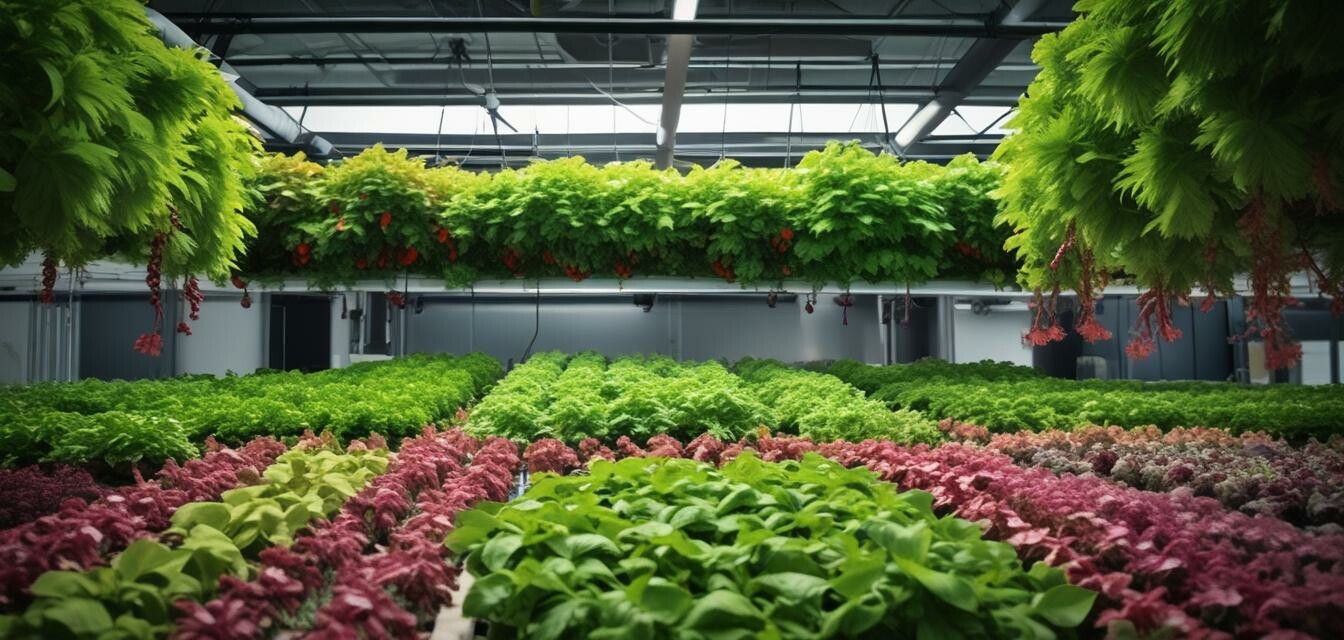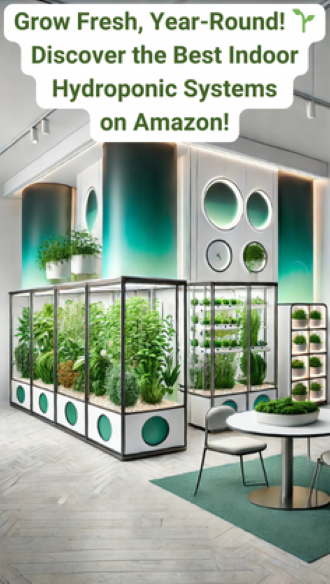
Companion Planting in Hydroponics for Diverse Flavors
Key Takeaways
- Companion planting combines different plant varieties for mutual benefits.
- Improves flavor profiles of crops grown in hydroponic systems.
- Enhances plant health and reduces pest issues.
- Ideal for maximizing space and yield in smaller hydroponic setups.
- Learning about specific pairings can lead to more successful harvests.
If you are looking to elevate your hydroponic gardening experience, then understanding the principles of companion planting can be transformative. Not only does this technique optimize growth and flavor in your crops, but it also contributes to a healthier ecosystem within your hydroponic system. In this article, we will explore the concept of companion planting in hydroponics, actionable tips, and various plant pairings to enhance your yield and flavor. Let's dig in!
What is companion planting?
Companion planting involves strategically arranging different plants in proximity for certain benefits. These benefits can include pest control, pollination, habitat enhancement, and improved growth. When applied to hydroponics, this method becomes even more intriguing as you can tailor conditions for each plant variety precisely, enabling you to produce flavorful and healthy yields.
Benefits of companion planting in hydroponics
- Flavor enhancement: Some plant pairings can actually improve the taste of the plants involved. For instance, certain herbs can enhance the flavor profiles of adjacent plants.
- Improved health: Companion plants can provide a natural defense against pests and diseases which is crucial in a soilless growing environment.
- Space efficiency: Utilizing varying plant heights and root structures allows you to maximize your growing area.
- Faster growth: Certain combinations can speed up growth rates through improved nutrient absorption.
How to start companion planting in hydroponics
Getting started with companion planting in your hydroponic system can be very straightforward. Here are some steps to help you begin:
- Understand plant needs: Know the light, water, and nutrient requirements of each plant type.
- Choose compatible varieties: Look for plants that benefit one another. For example, combining basil with tomatoes.
- Plan your layout: Ensure your plants are spaced adequately, taking advantage of vertical and horizontal growth patterns.
- Monitor growth: Keep an eye on the plants to see how they respond to each other and make adjustments as necessary.
Companion Plant Pairings to Try
Here’s a list of beneficial plant pairings that can thrive in hydroponic systems:
| Primary Plant | Companion Plant | Benefit |
|---|---|---|
| Tomatoes | Basil | Enhances flavor and growth rate |
| Cucumbers | Radishes | Helps deter pests |
| Strawberries | Borage | Improves fruit flavor and growth |
| Spinach | Peas | Helps fix nitrogen in the soil |
| Peppers | Onions | Reduces pest issues |
Common mistakes in companion planting
While experimenting with companion planting, keep these common mistakes in mind to ensure your hydroponic garden thrives:
- Not researching individual plant needs can lead to poor compatibility.
- Overcrowding plants might inhibit growth rather than enhance it.
- Neglecting nutrient deficiencies that could arise from certain pairings.
Maximizing your hydroponic yield
To truly benefit from companion planting, regularly assess and adapt your growing strategies based on the results you observe. Here are other methods to optimize yield:
Tips for success
- Use quality nutrients designed for hydroponics.
- Employ advanced hydroponic systems to accommodate various plants.
- Utilize environmental control equipment for ideal growing conditions.
Conclusion
Companion planting in hydroponics not only diversifies flavors but also contributes positively to plant health and plant interactions. Exploring various plant combinations can lead to a successful and flavorful harvest. Don't forget to experiment and document what works best for you. For more information on hydroponics and tips on successful growth, check out our other articles on growing techniques and nutrient management. Happy gardening!
Pros
- Enhanced flavor profiles for crops
- Improved plant health and defense against diseases
- Optimized space usage in hydroponic systems
- Increased crop yield and growth rate
Cons
- Requires careful planning and research
- Potential overcrowding issues
- Risk of incompatible plant pairings
